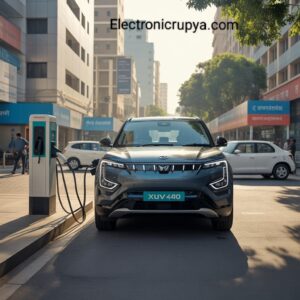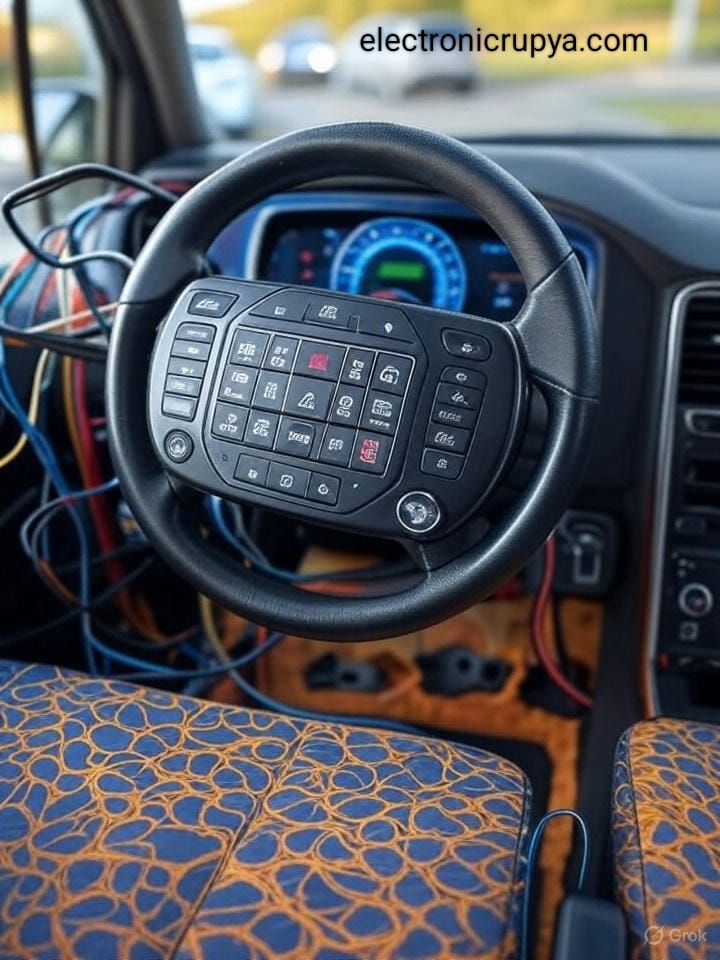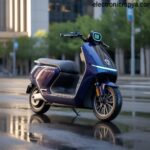EV Tyres Wear or Petrol Car Tyres in India-2025: A Detailed Comparison
With the increasing popularity of Electric Vehicles (EVs) in India, many car
buyers are curious about how EVs differ from p0etrol cars in terms of maintenance and running costs. One often overlooked but important aspect is tyre wear. Do EVs wear out tyres faster than petrol cars? Is the cost of replacement tyres for EVs higher? Let’s understand these differences in simple language and explore which vehicle type offers better tyre performance in Indian driving conditions.
Tata Nexon EV: approx. 1,400 kg

Tata Nexon Petrol: approx. 1,200 kg
This 200 kg extra weight adds more pressure on the tyres, especially during
braking, turning, and driving on rough roads. This extra load causes quicker
tyre wear compared to petrol cars.
2. Instant Torque: Power Comes Instantly in EVs
Another key reason EVs may wear tyres faster is instant torque. EVs deliver full
power as soon as you press the accelerator, unlike petrol cars where power builds gradually. While this is great for performance, it puts more strain on
tyres, especially front tyres in front-wheel-drive cars. Over time, this leads to faster tyre tread wear.
3. Regenerative Braking Affects Tyre Life
EVs come with a feature called regenerative braking, which helps recharge the battery when slowing down. This reduces the use of brake pads but increases the strain on tyres, as more braking force is transferred to the wheels directly. While this may slightly reduce tyre life, it also improves fuel efficiency.
4. Tyres Type and Design
Many EVs come with low rolling resistance tyres, specially designed to increase
range. These tyres are harder and designed for smoother roads. However, in
India, where roads can be rough and uneven, these tyres may wear out faster if
not used carefully.
Petrol cars, on the other hand, usually come with conventional tyres that are
better suited for Indian road conditions and may last longer under regular
driving.
5. Driving Conditions in India
Indian roads can be unpredictable – from potholes, uneven surfaces, and speed
breakers to heavy traffic. In such conditions:
EV tyres may get damaged easily if they are not reinforced.
Petrol car tyres have been tested for decades on such roads and are
generally more adaptable.
6. Cost of Tyres Replacement
EV tyres are slightly more expensive because they are often specially made for
low rolling resistance and noise reduction. For example:
₹6,000–₹7,500 per tyre
Tata Nexon Petrol tyre replacement: ₹4,500–₹6,000 per tyre
So, over time, tyre replacement cost is slightly higher for EVs.
7. Maintenance Tip: Rotate Tyres Regularly
Whether you drive an EV or a patrol car, regular tyre rotation is very important. Rotating tyres every 8,000–10,000 km ensures even wear and increases tyre life. Also, keeping the tyre pressure correct (as per the vehicle manual) helps reduce wear.
8. Mileage Before Tyres Change
On average, here’s how long tyres last:
Petrol Car Tyres in India: 40,000 to 50,000 km
EV Tyres in India: 30,000 to 40,000 km (due to extra weight and torque)
This shows that EV tyres may need replacement 20–25% earlier than petrol
car tyres if used in similar conditions.
Conclusion
Electric vehicles are the future, and tyres wear is just one of the maintenances
points to consider. While EVs do wear tyres slightly faster than petrol cars due
to their weight and torque, this is not a major drawback if the car is driven
carefully and tyres are maintained well. It has more weight as compared to the petrol cars. In conclusion EV tyres wears more than the petrol tyres.






